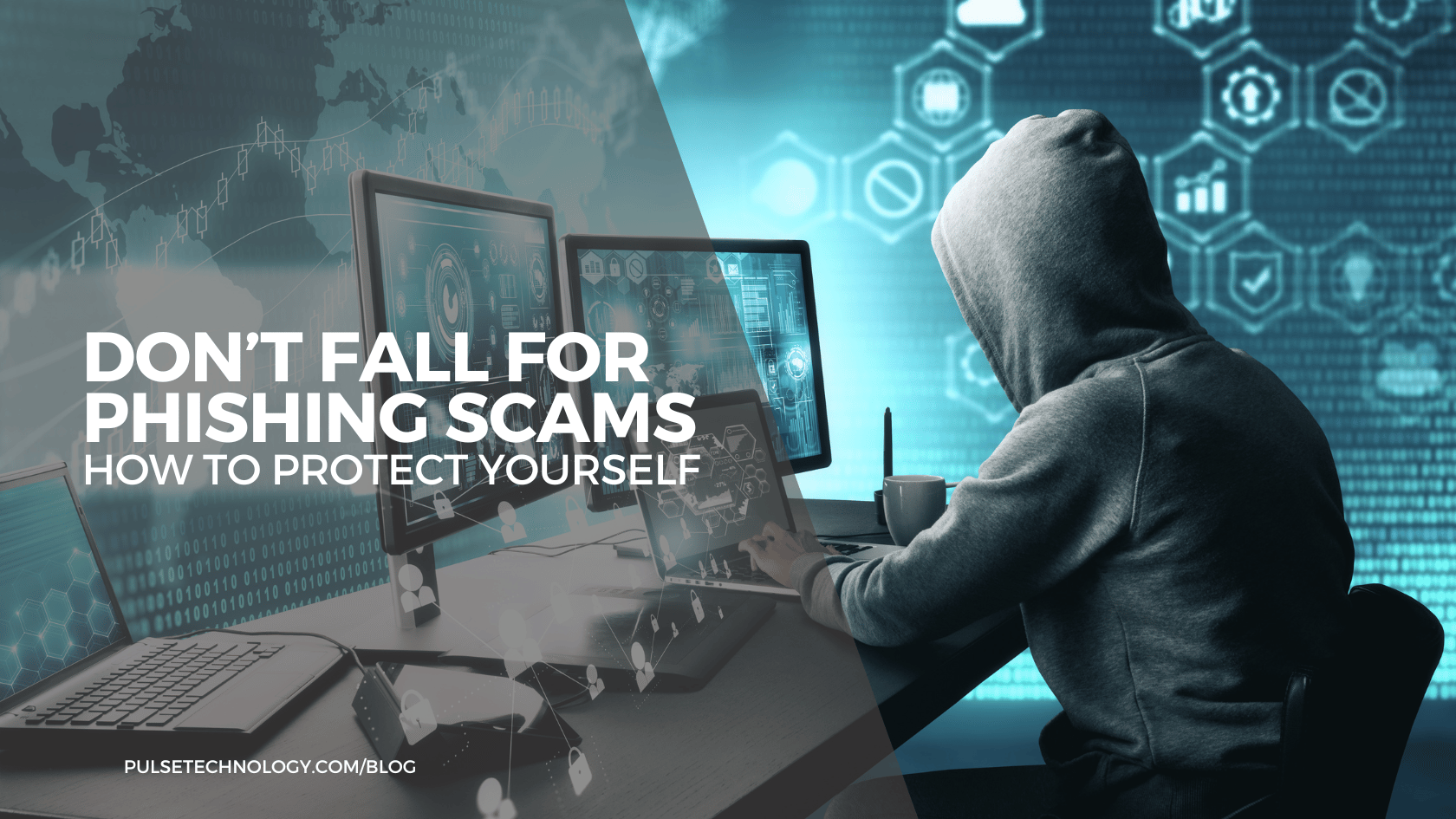“Insider threats” to a company’s infrastructure
Cyber criminals are becoming more resourceful and sophisticated every day, as they look for new and creative ways to gain entry into our infrastructures and steal your data.
At one time it was much easier to spot an attempted hack than it is today. Usually, the language was clumsy, choppy and grammatically incorrect. The would-be perpetrators have gotten somewhat better with their command of language and have also made the subject matter of the suspicious email more appealing to the recipient.
Case in point: an authentic-looking email asks the recipient to click on a document to approve a “payment” or to review an invoice. It may be enough to entice someone to drop his/her guard long enough to click on the email. Once done, that damage is difficult – and costly – to undo. Vigilance should be the guiding principal for every person’s actions when it comes to email and websites. Otherwise, a company will find itself with a world of headaches.
When in doubt, do not open any email that looks even marginally suspicious. When in doubt, verify first. Always err on the side of caution. If you don’t recognize the sender, consider that what you are looking at may well be an attempted cyber hack.
How employees treat incoming emails and web access can pose a huge problem for businesses. While the business owner or organization director may typically look at external threats as the biggest problem they face, the problems start at the employee level. The most sophisticated firewalls and protection against hacks are only as good as the skills of the people in the company. So cybersecurity awareness and defense against hacks needs to start at the employee level.
To be certain that a business takes every step to protect itself, each business should develop programs to educate and train their employees on safe emailing and Internet practices. This should include simulated exercises where employees are put to the test to see if they can identify risks. The tests are a good beginning point to determine what level of training is needed to make all employees aware of potential risks.
In addition to training employees on what not to do (as well as what they should do), each company should develop policies governing Internet and IOT device use, as well as establishing best practices to keep the company’s infrastructure protected.
There’s an old saying: An ounce of prevention is worth a pound of cure. The repercussions of a cyber attack are enormous. One study shows that nearly 60% of small businesses will close within six months of a cyber attack. Don’t let your company be one of them! Whatever your IT needs are – from training to full-service, we can help. Contact us at info@pulsetechnology.com with questions. And please check back to see future blogs on these and related topics. Check out all of Pulse Technology's IT services here from Backup and Disaster Recovery, Cybersecurity, and N.O.C (network operations center)



